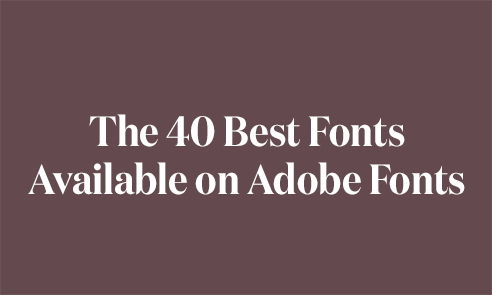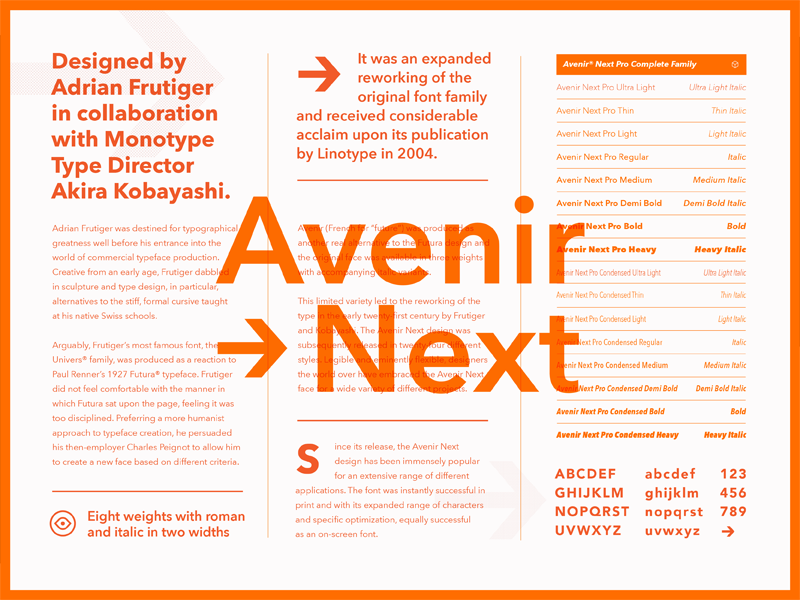
I created this story using dummy type, or greeking, which can be a handy way to evaluate the look of text even before you’ve drafted your narrative. This theme employs Avenir Next (a sans serif font) for titles, and Noto Serif for paragraph text. How do all these variables come into play when choosing the right font for your story? The best way to explain this is with a few examples.Īdventures in typography: 1 uses Summit, one of the pre-designed themes available with StoryMaps. Older serif fonts tend to have taller ascenders and descenders than more modern versions. As you’ll soon see, some fonts have ascenders and descenders that are quite tall relative to the main part of the letterforms, where most of the action occurs. And there are fonts that are all capitals or all lowercase-remnants of the type drawers that printers used back in the analog age.Ī subtle but important detail to consider in type choices is the proportion of the x-height of the ascenders to the descenders. They can be upright (roman) or slanted and script-like (italic). Fonts can be squished (condensed) or stretched (extended). Serifs are those little extensions at the tops and bottoms of letterforms.įonts often come in sets, or families, with visual weights ranging from spindly (light) to normal (medium or regular) to fat (bold and heavy). With rare exceptions, fonts are either serif or sans serif. Typography for Beginnersīefore looking at specific examples, and without diving too deeply into the obscure parlance of typography, let’s start with a few font basics. Poor font choices can compromise your story’s readability, even for people with 20/20 eyesight.

Conversely, a heavy, stern-looking font chosen for a lighthearted tale can send its own kind of mixed messages.Īnd-perhaps more important-all storytellers should feel ethically obligated to make narratives as accessible as possible to all people, including those with visual impairments. A frivolous-looking typeface paired with a serious, issue-driven story can weaken your message and trivialize your narrative. Inappropriate fonts can confuse or contradict your story’s purpose. However, with freedom comes responsibility. The importance of pairing the right type with the right narrative is exactly why Esri expanded the options in the theme builder so dramatically. When they see different typestyles, it elicits only a subliminal reaction.īut the subconscious and subliminal are important to storytelling, especially multimedia storytelling, where images, text, maps, color, type, and even sound can all work together to create an immersive little world. Poor type choices can offend me, but many people are only vaguely aware of typography.

I’ve been a designer for close to half a century, so my eye is perhaps more typographically attuned than most. The first choice under the Typography section is Add from Google Fonts. To access Google Fonts for use in a custom theme, in the StoryMaps builder, choose Design > Browse themes > Create new theme and expand the Typography section.


 0 kommentar(er)
0 kommentar(er)
